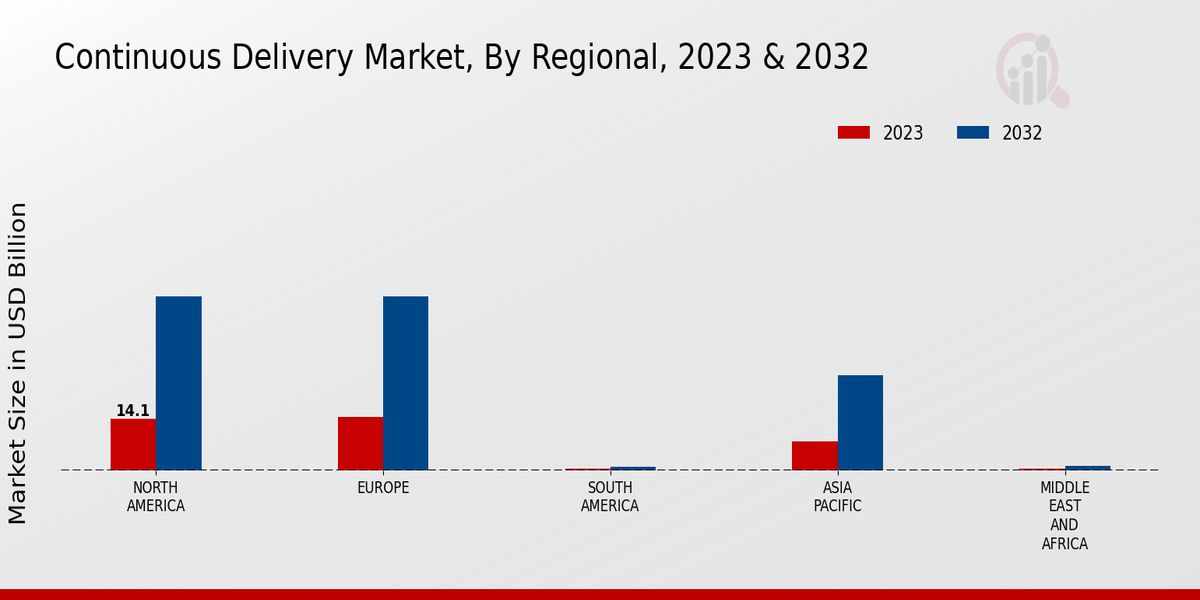Continuous Delivery Market Summary
The Global Continuous Delivery Market is projected to grow from 49.05 USD Billion in 2024 to 208.13 USD Billion by 2035.
Key Market Trends & Highlights
Continuous Delivery Key Trends and Highlights
- The market is expected to experience a compound annual growth rate (CAGR) of 16.79 percent from 2025 to 2035.
- By 2035, the market valuation is anticipated to reach 208.1 USD Billion, indicating robust growth potential.
- in 2024, the market is valued at 49.05 USD Billion, reflecting a strong foundation for future expansion.
- Growing adoption of automation technologies due to the need for faster software delivery is a major market driver.
Market Size & Forecast
| 2024 Market Size | 49.05 (USD Billion) |
| 2035 Market Size | 208.13 (USD Billion) |
| CAGR (2025-2035) | 14.04% |
Major Players
Harness, CircleCI, Buddy, AWS CodeDeploy, Spinnaker, Azure DevOps, CloudBees, Bamboo, Semaphore, TeamCity, GitLab, Jenkins, ElectricFlow, GoCD





















